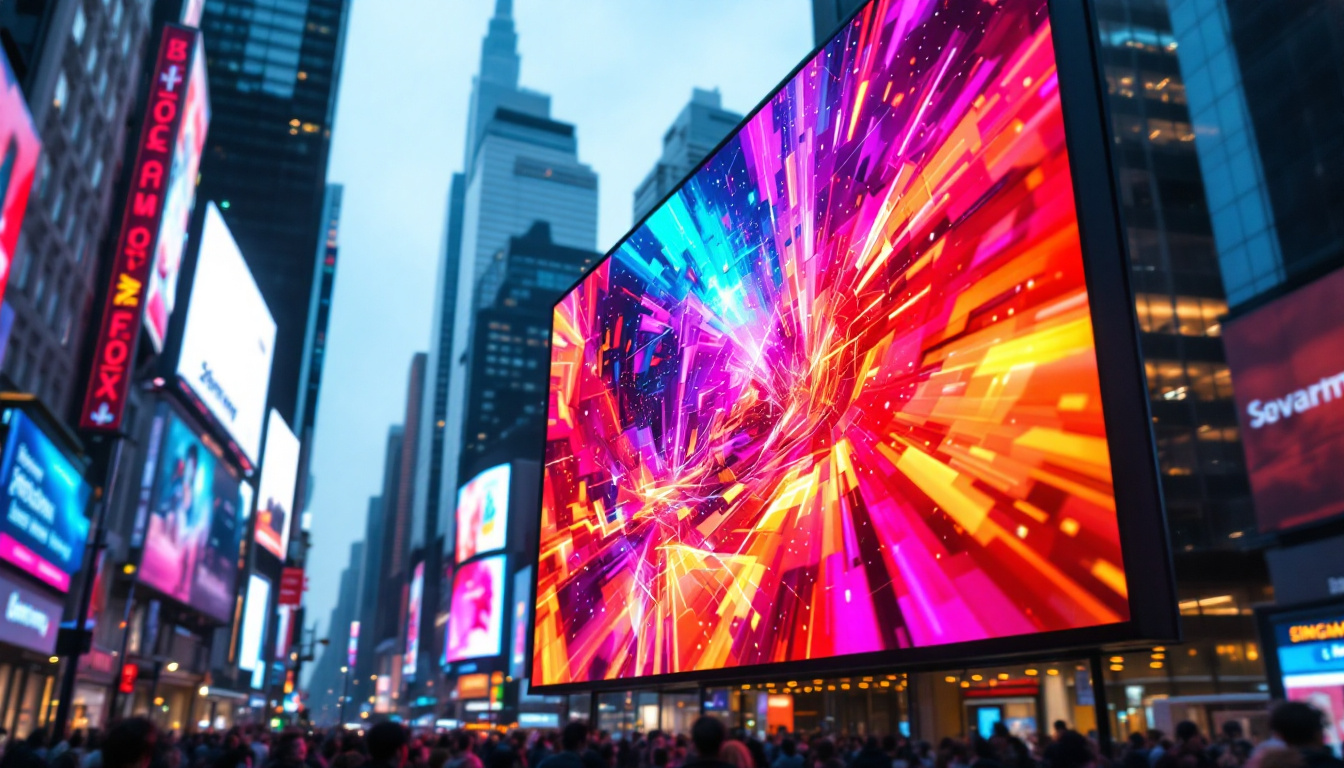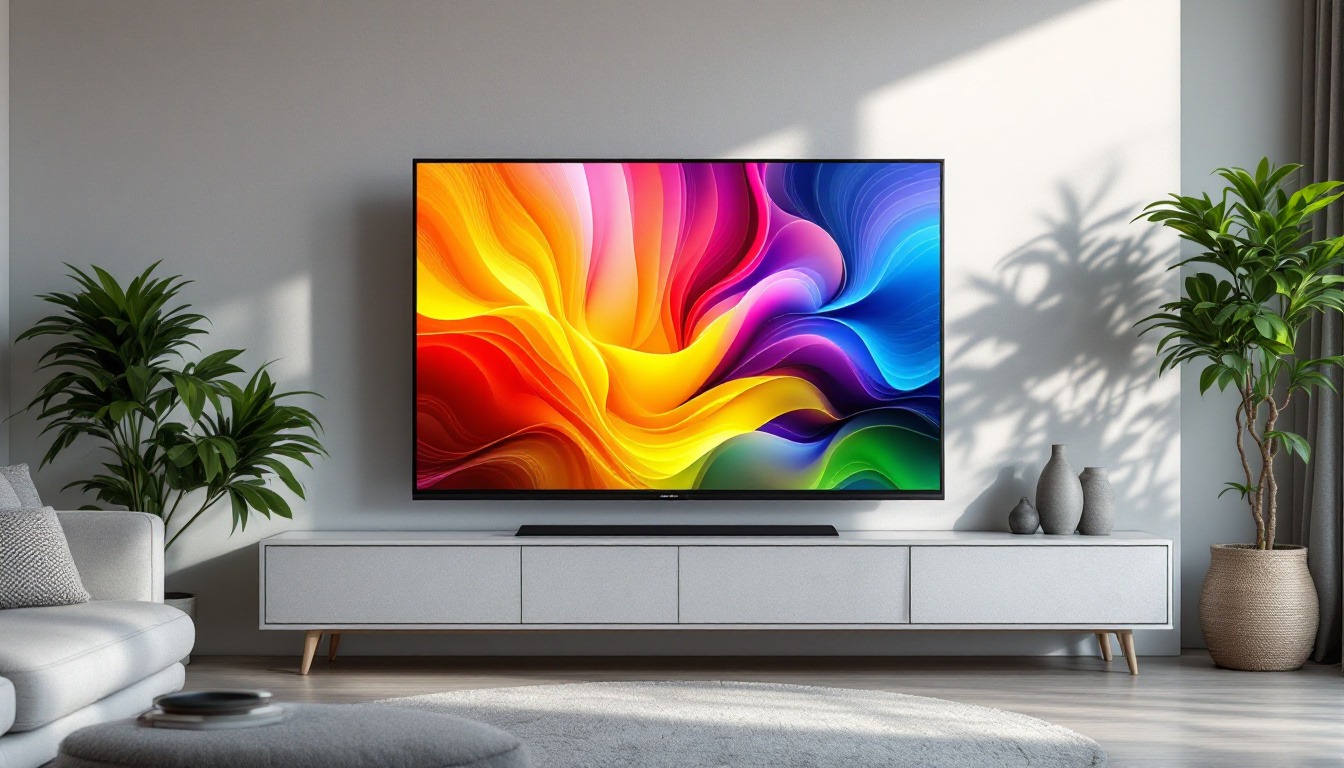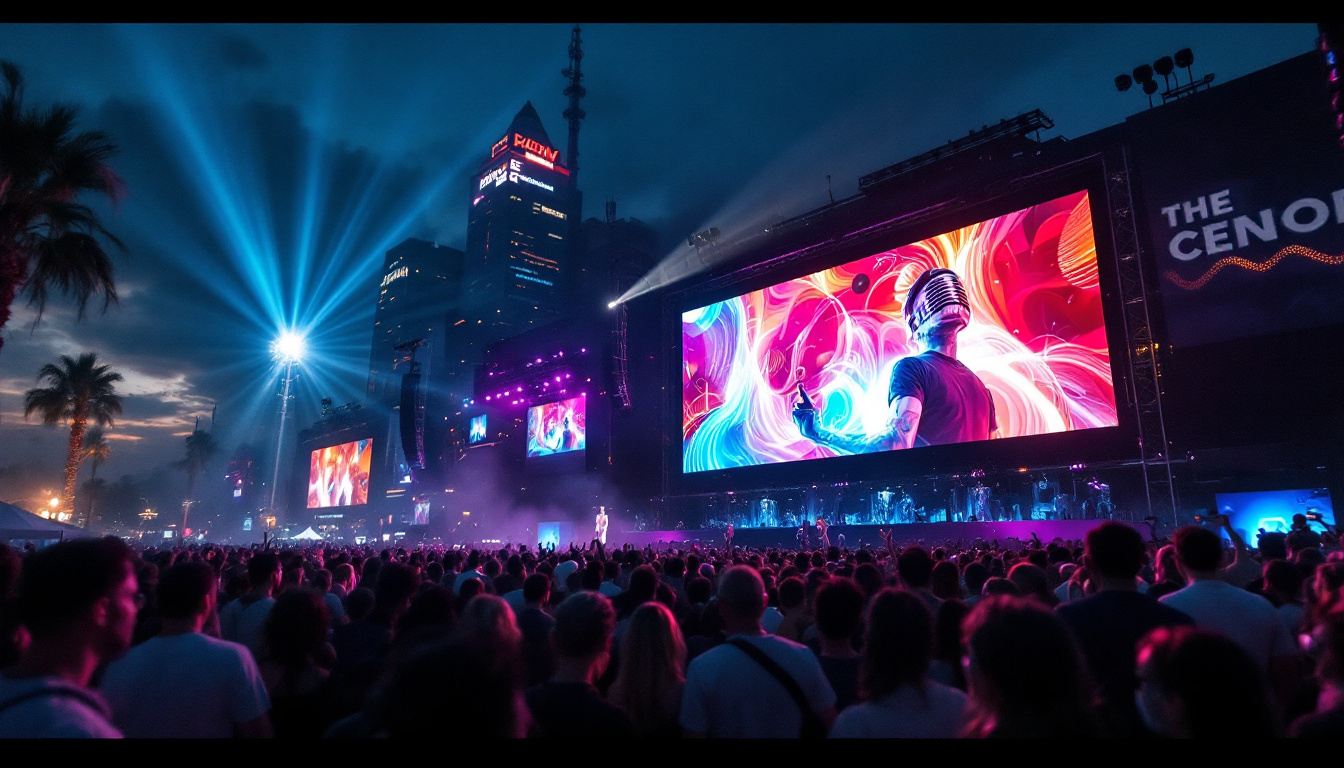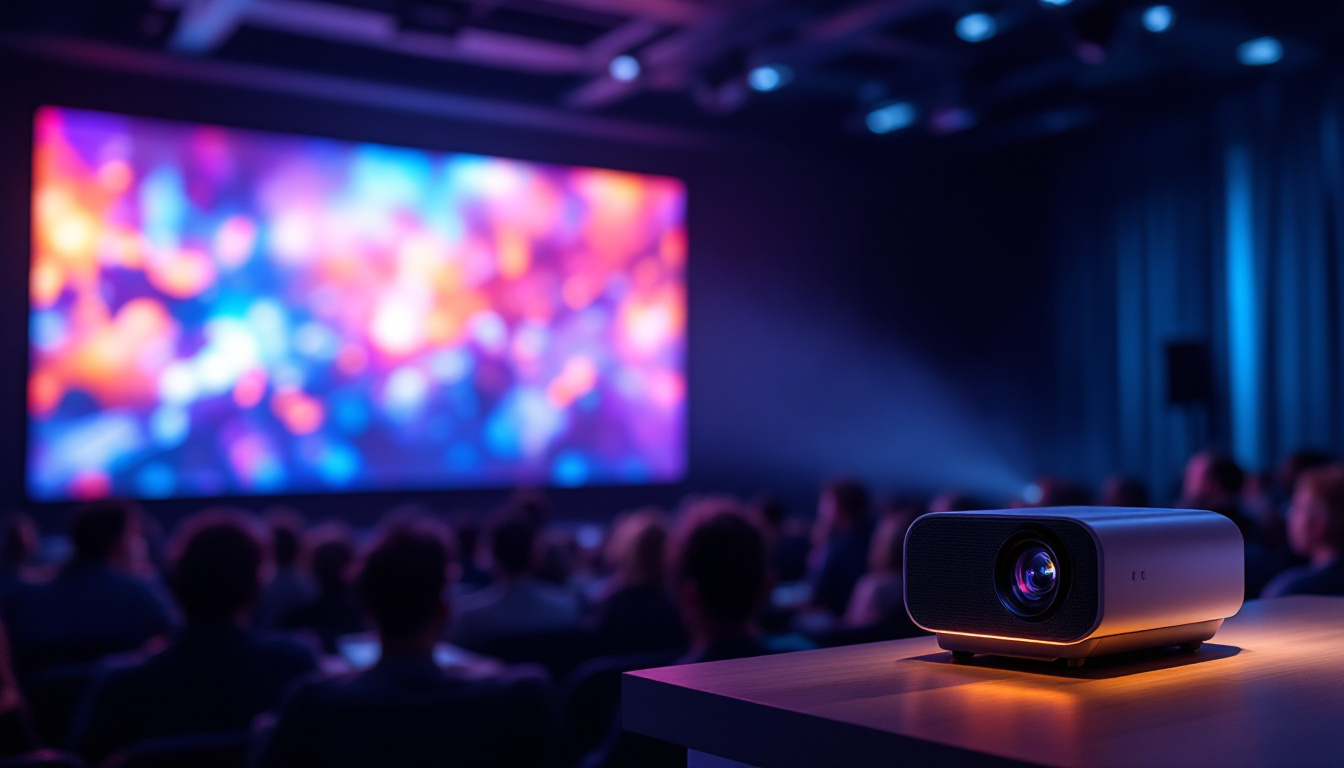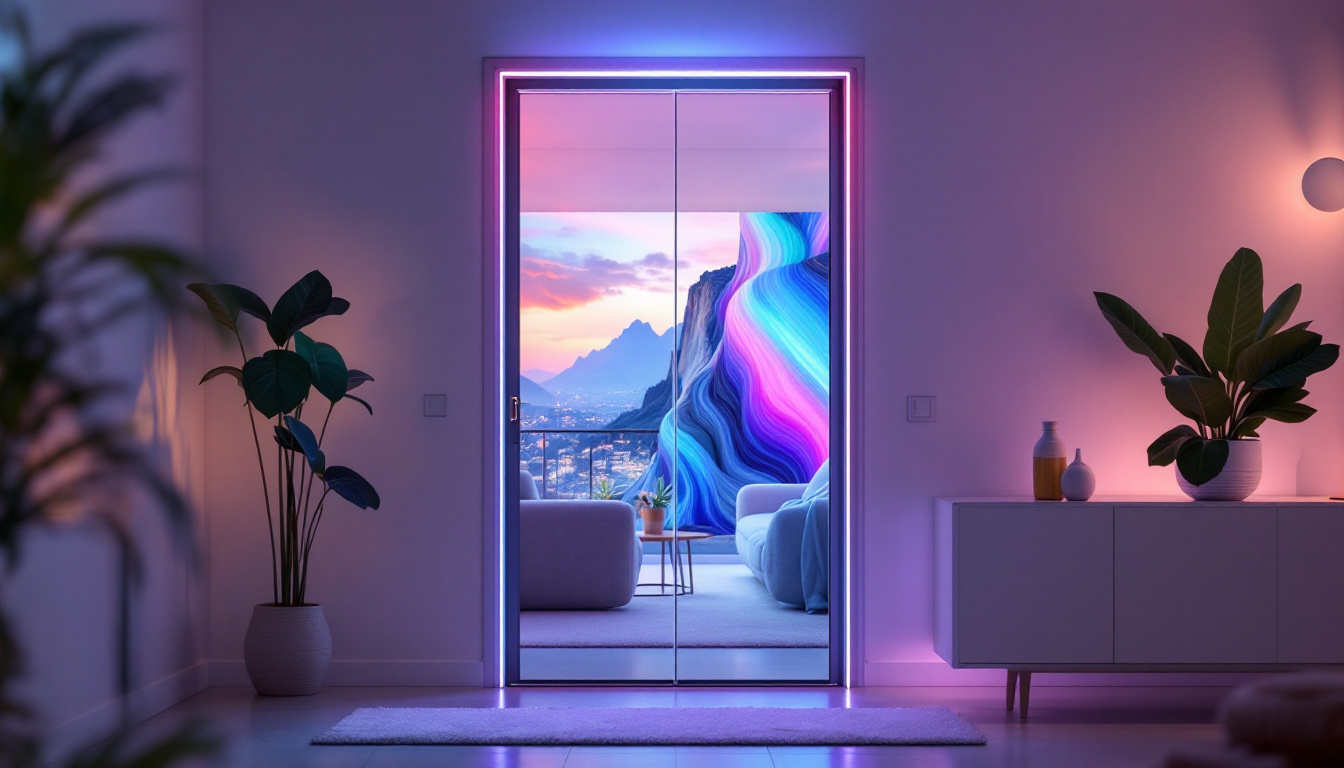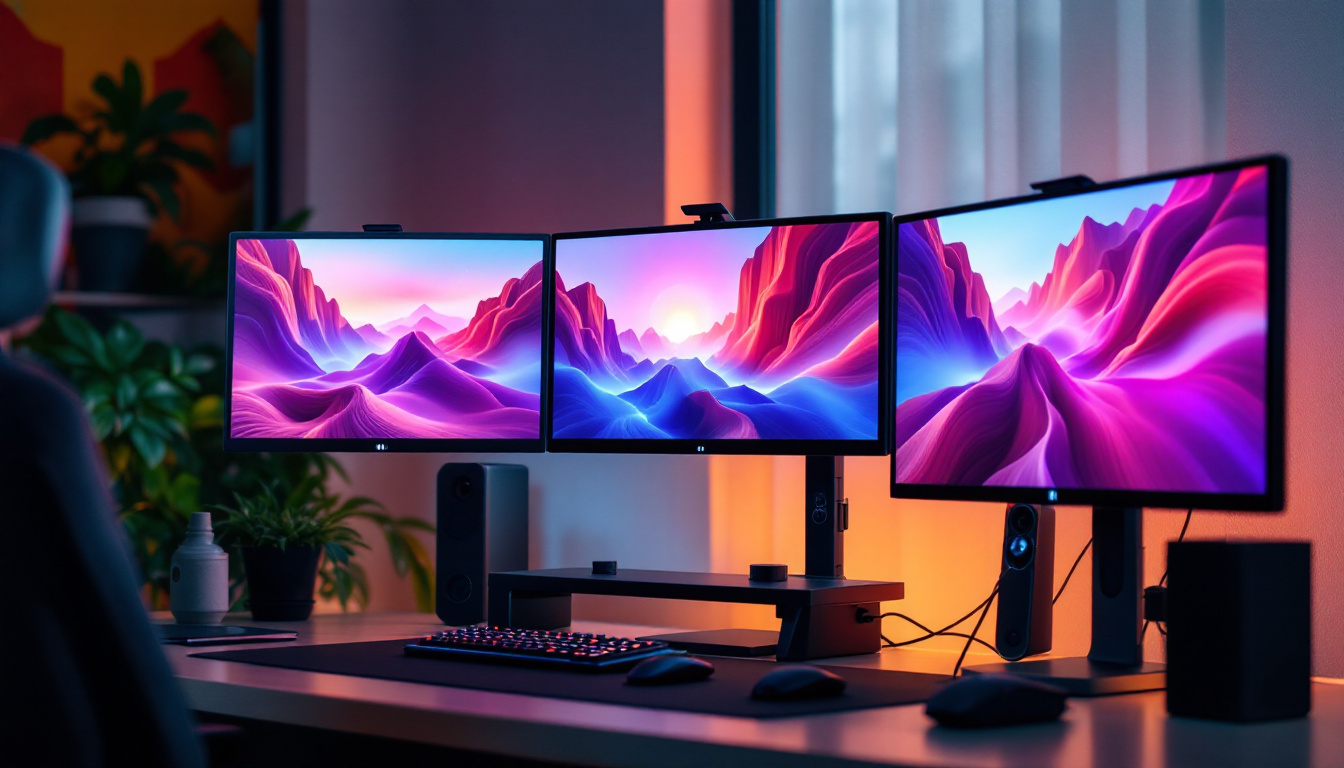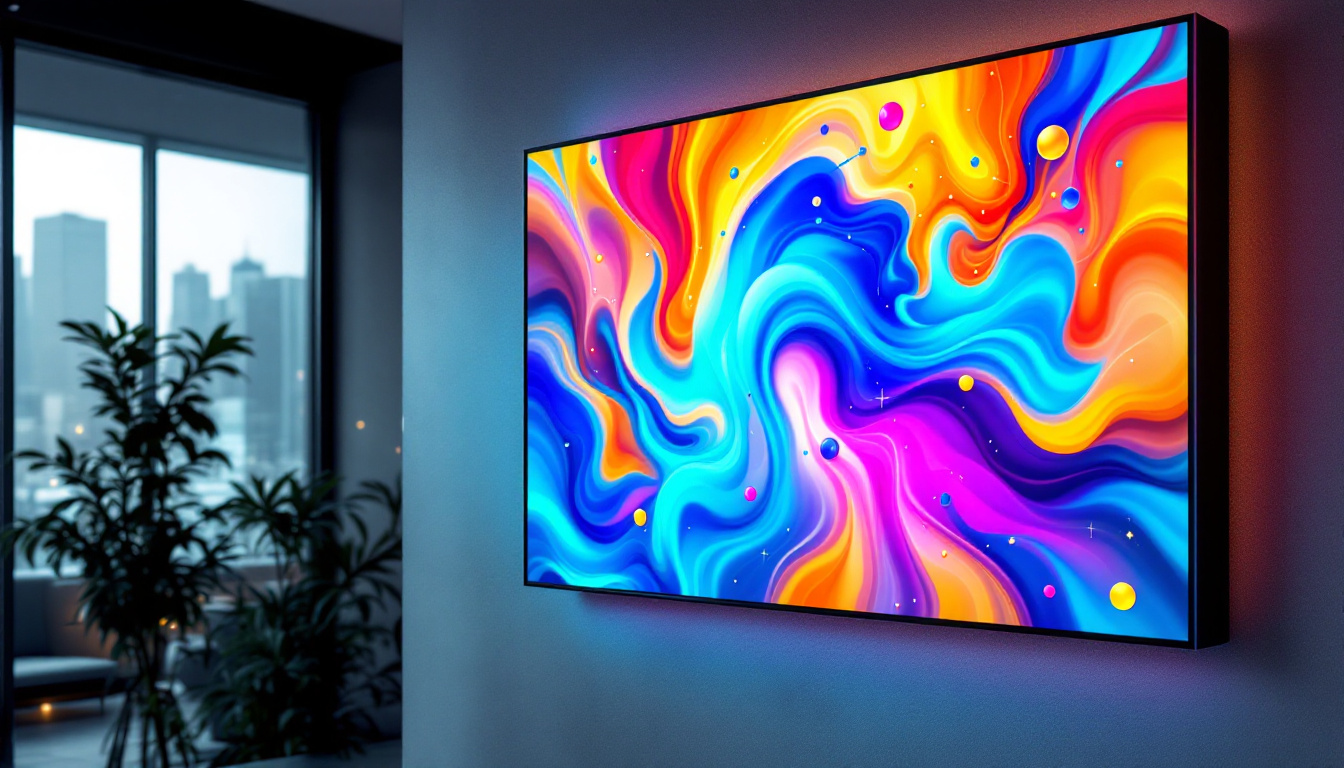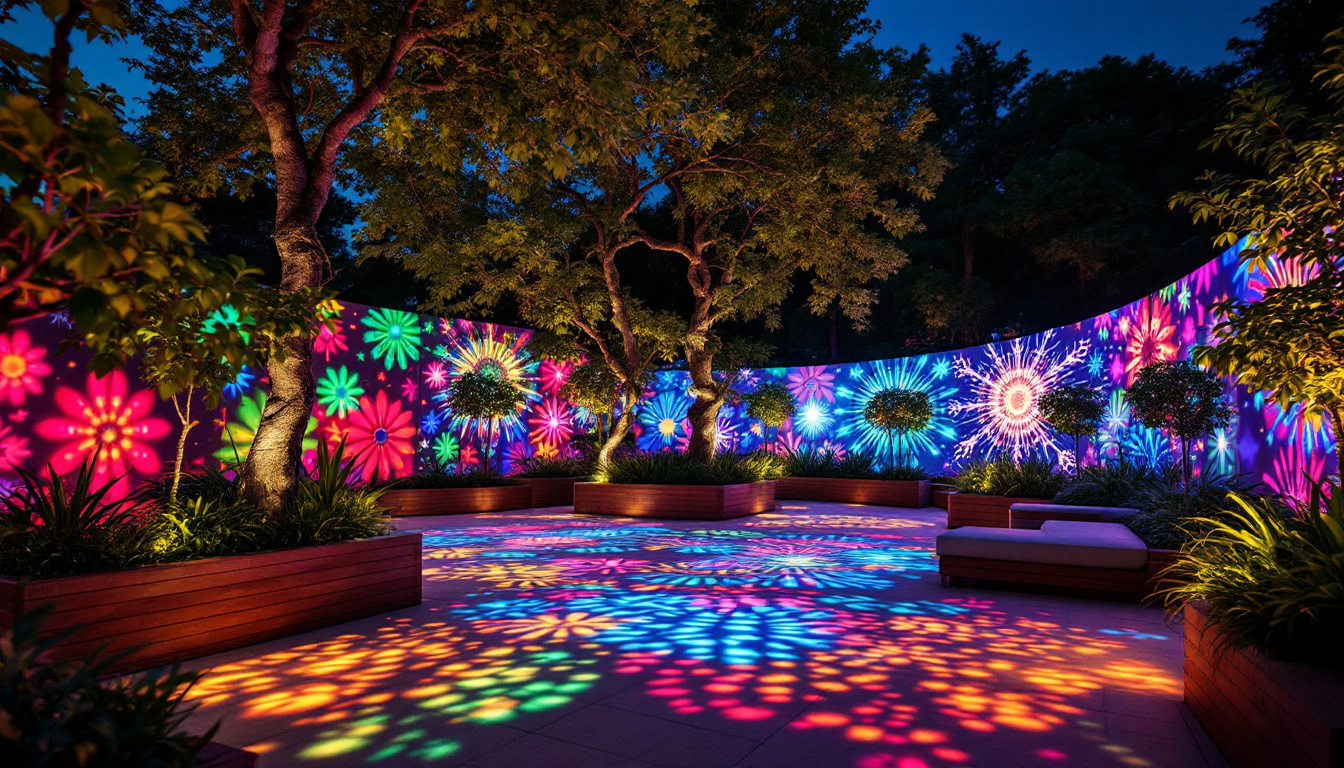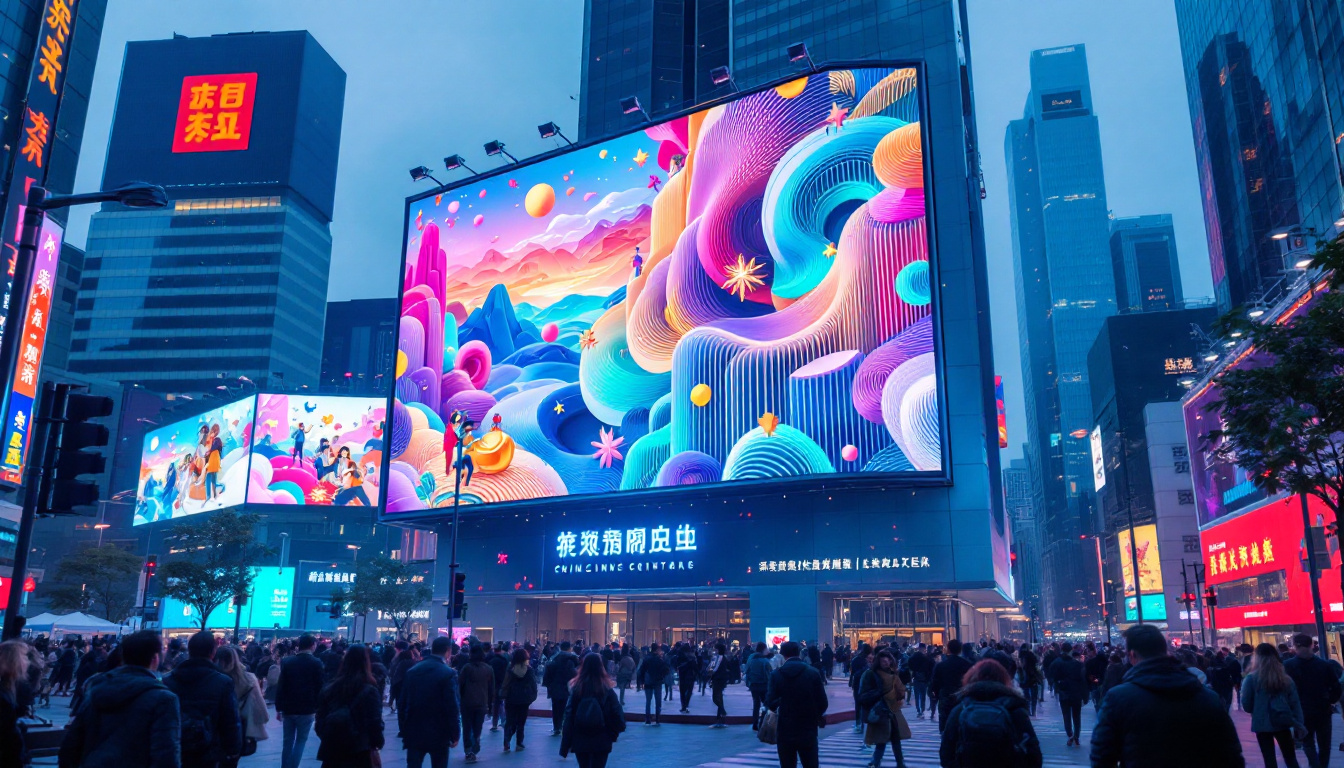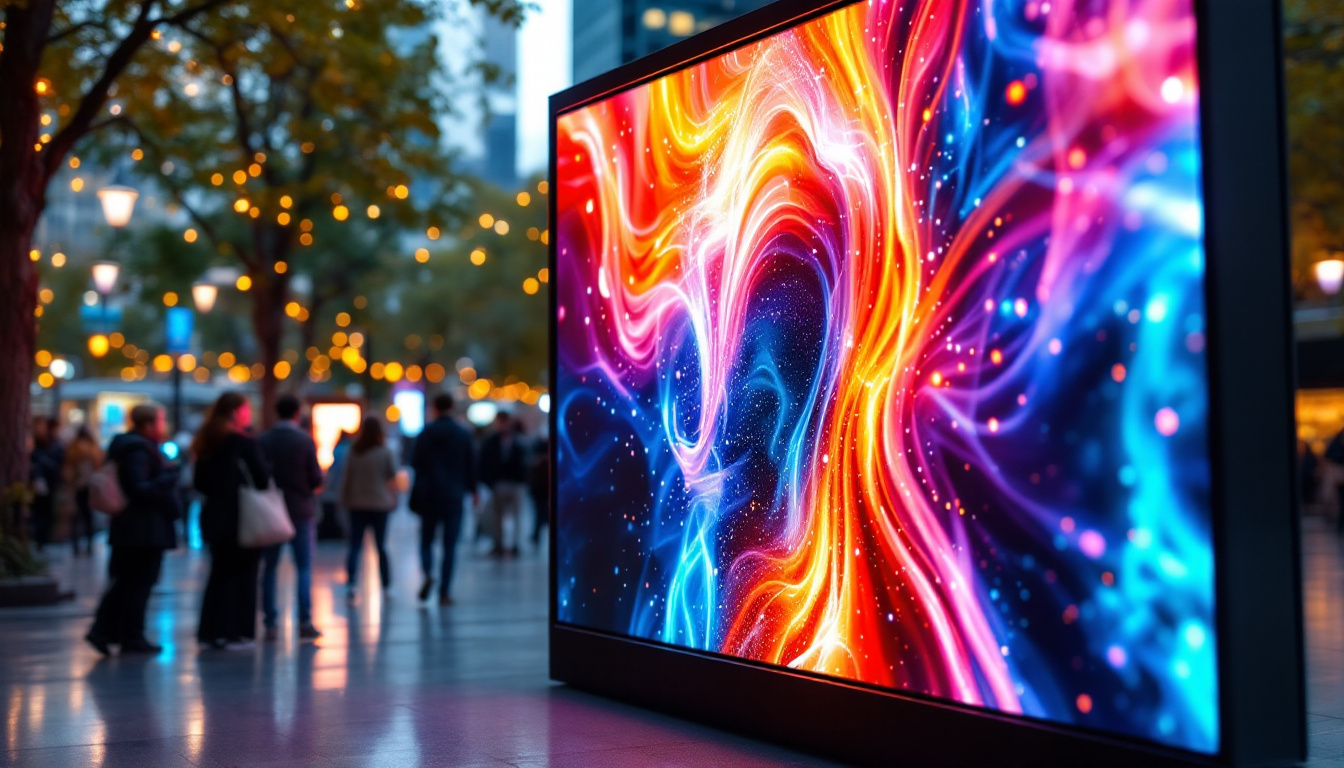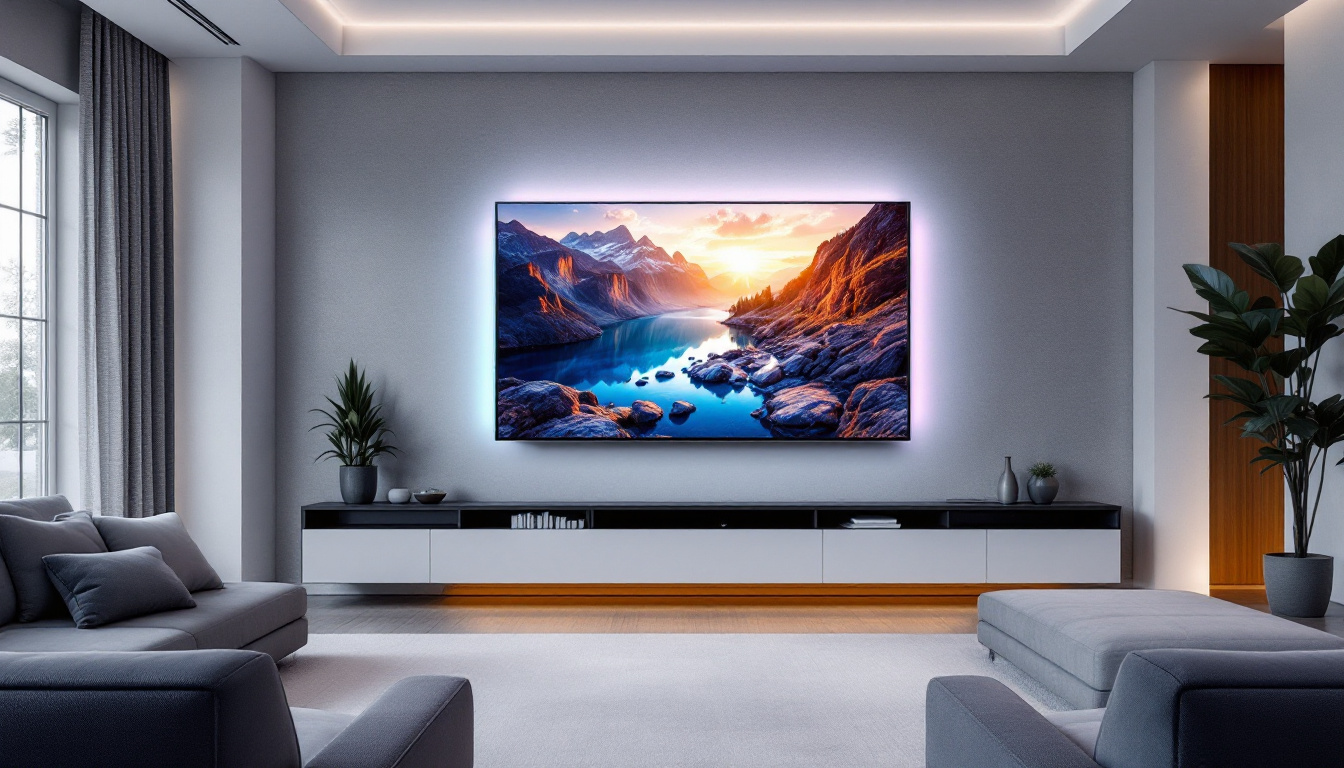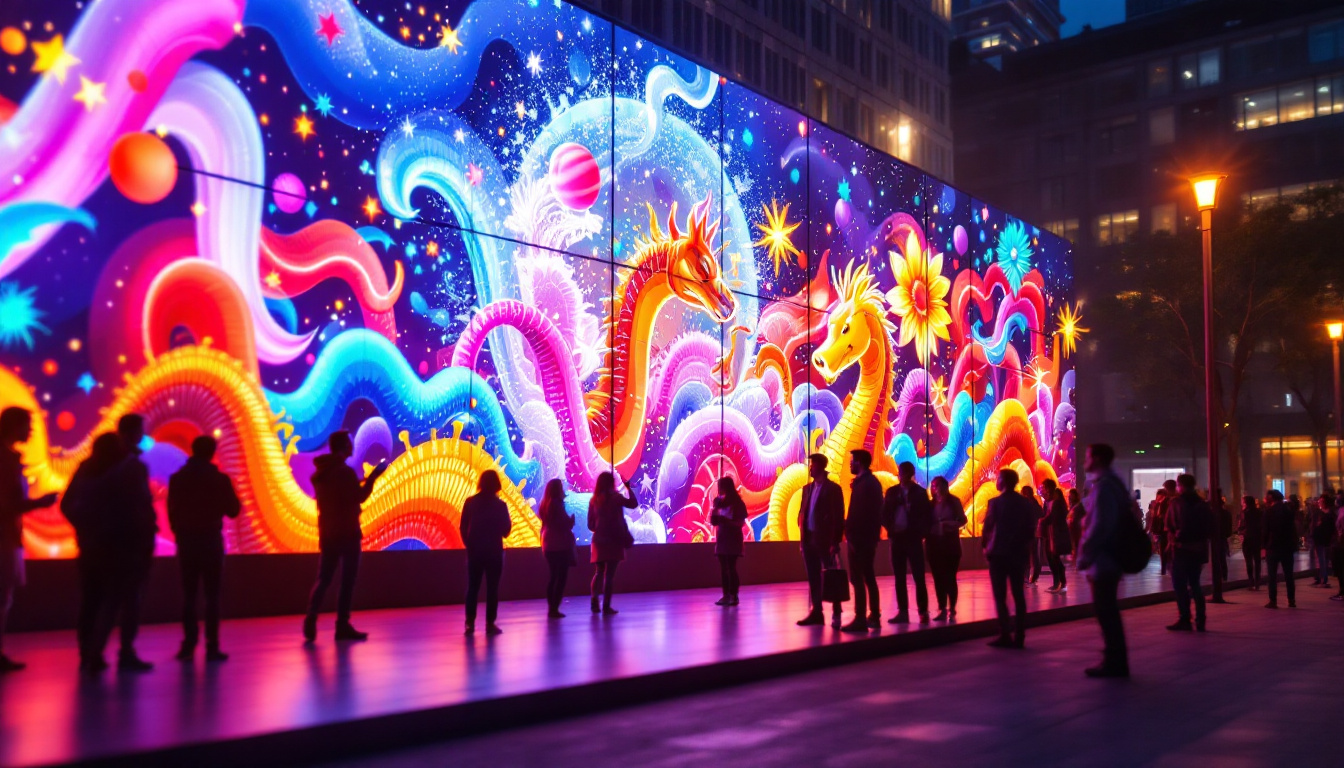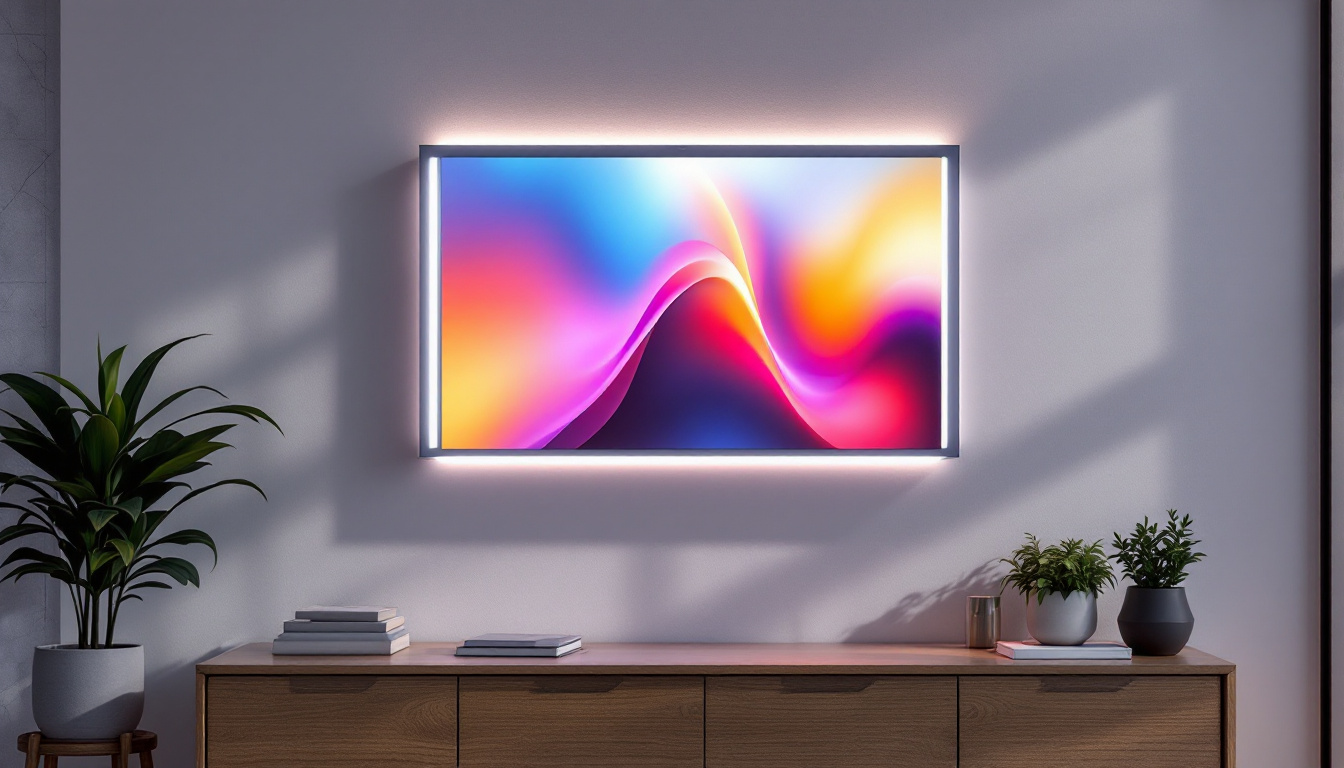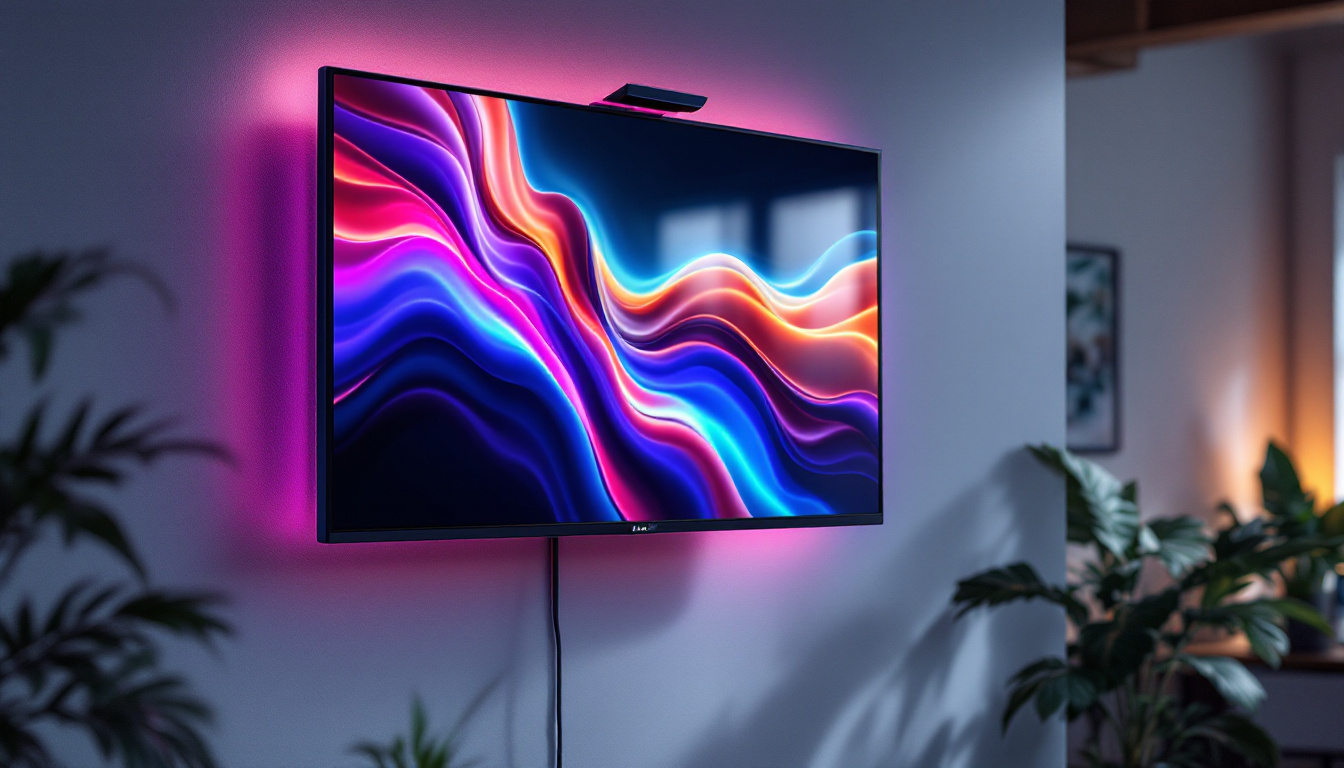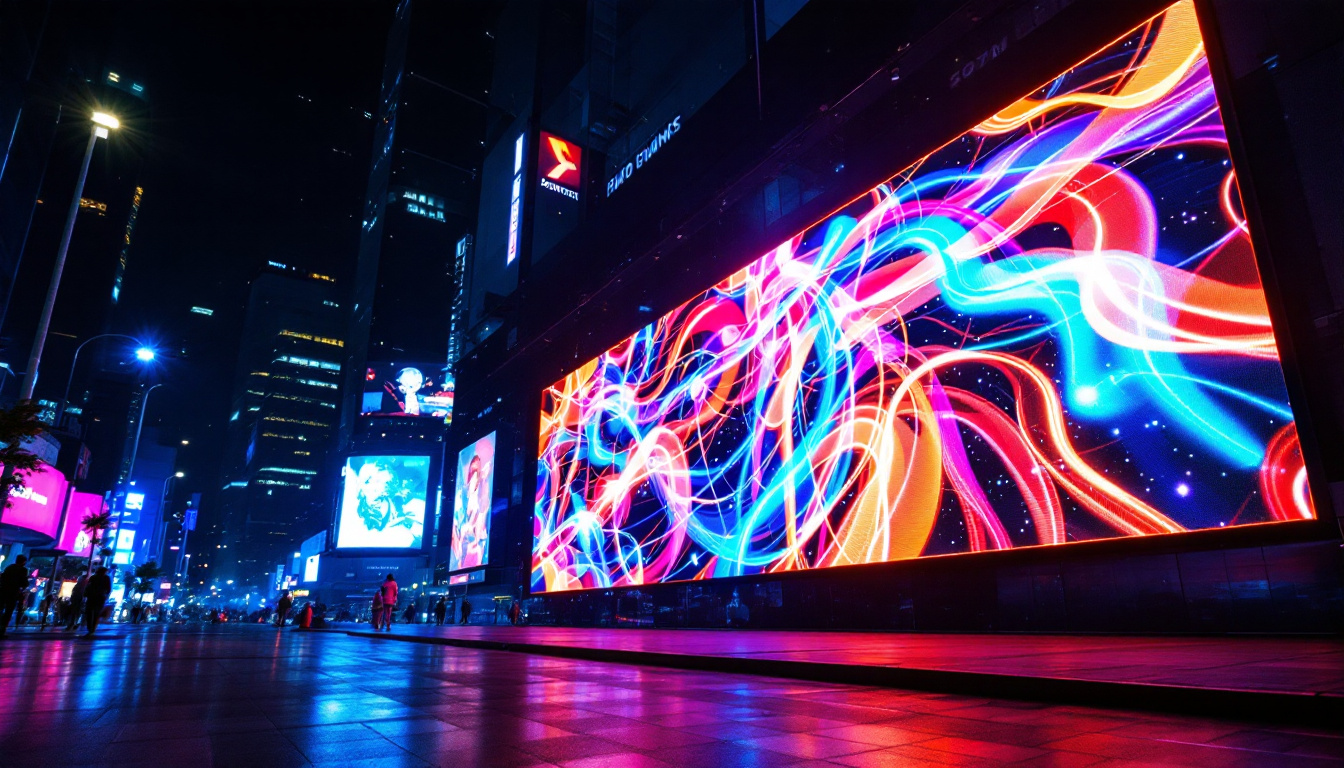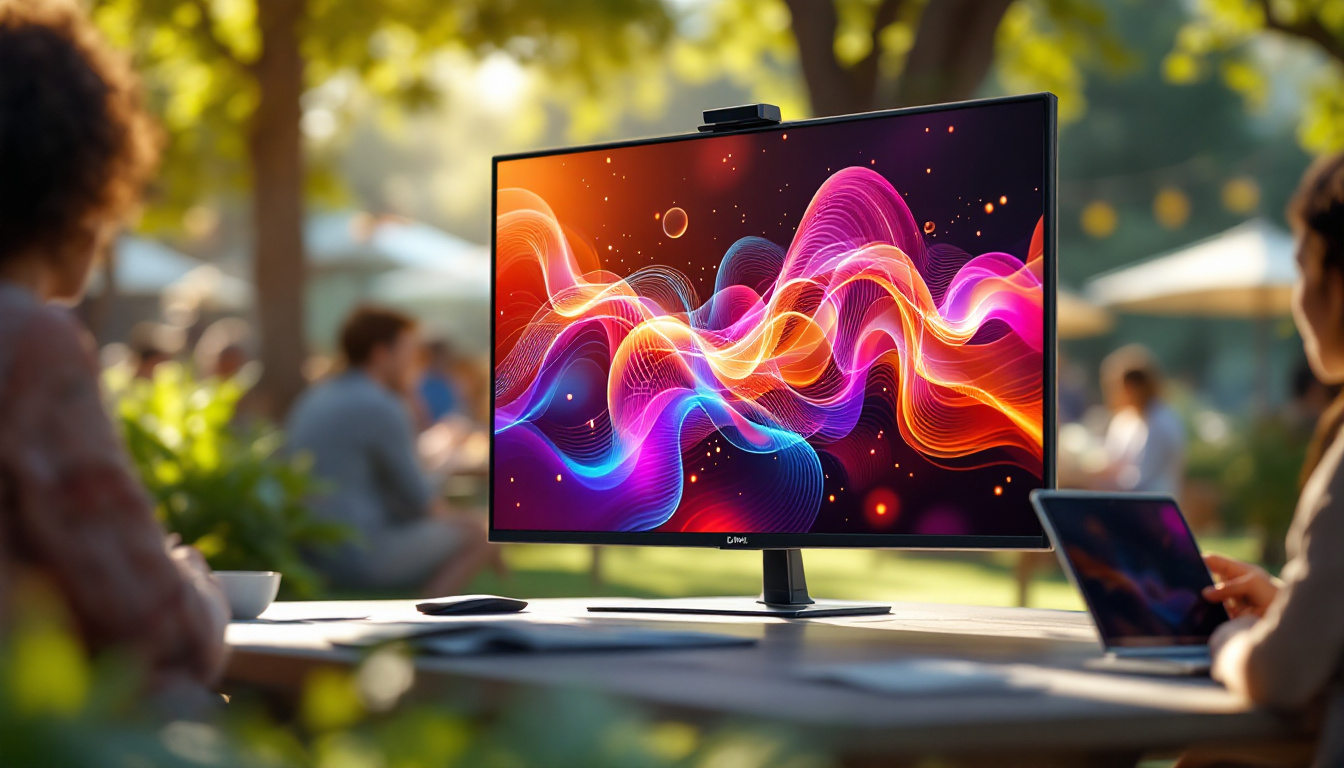The evolution of display technology has been marked by significant advancements, and one of the key players in this realm is the DisplayPort interface. The DisplayPort 1.4 specification, introduced by the VESA (Video Electronics Standards Association), represents a substantial leap forward in terms of bandwidth and capabilities. This article delves into the intricacies of DisplayPort 1.4, particularly its implications for LED displays, and how it enhances the viewing experience.
Understanding DisplayPort 1.4
DisplayPort 1.4 was officially released in March 2016, building upon its predecessor, DisplayPort 1.3. The specification is designed to support higher resolutions, refresh rates, and color depths, making it an ideal choice for modern displays, including LED technology. With a maximum bandwidth of 32.4 Gbps, DisplayPort 1.4 can handle 8K video at 60Hz, and even 4K video at refresh rates up to 120Hz. This capability makes it a favorite among gamers and content creators who demand the highest quality visuals for their work and play.
Key Features of DisplayPort 1.4
One of the standout features of DisplayPort 1.4 is its support for Display Stream Compression (DSC). This visually lossless compression technology allows for higher resolutions and refresh rates without compromising image quality. As a result, users can enjoy stunning visuals even on high-resolution displays. The implementation of DSC is particularly advantageous for those working with 3D graphics and high-definition video, where every pixel matters. Furthermore, the ability to transmit multiple video streams simultaneously makes it a versatile choice for various applications, from gaming to professional video editing.
Additionally, DisplayPort 1.4 supports High Dynamic Range (HDR) content, which enhances the contrast and color accuracy of images. HDR technology is particularly beneficial for LED displays, as it allows for brighter highlights and deeper blacks, resulting in a more immersive viewing experience. This is especially noticeable in cinematic content and video games, where the difference between standard dynamic range and HDR can transform the overall visual experience. The increased color depth supported by DisplayPort 1.4 also means that users can enjoy a wider palette of colors, making images appear more lifelike and vibrant.
Compatibility and Connectivity
Another advantage of DisplayPort 1.4 is its backward compatibility with earlier versions of the DisplayPort standard. This means that users can connect devices that support DisplayPort 1.4 to older displays without any issues. Furthermore, the specification includes support for Multi-Stream Transport (MST), enabling multiple displays to be connected through a single port. This is particularly useful for professionals who require multiple monitors for enhanced productivity. With MST, users can daisy-chain multiple monitors, reducing cable clutter and simplifying their workspace setup.
Moreover, DisplayPort 1.4 also supports Adaptive Sync technology, which helps eliminate screen tearing and stuttering during gameplay. This feature is particularly appealing to gamers who seek a smooth and responsive gaming experience. By synchronizing the refresh rate of the display with the frame rate of the graphics card, Adaptive Sync ensures that the visuals are fluid and uninterrupted, allowing players to fully immerse themselves in their gaming worlds. As a result, DisplayPort 1.4 not only caters to high-resolution needs but also enhances the overall performance and enjoyment of multimedia experiences.
The Role of LED Displays
LED displays have become increasingly popular due to their superior brightness, energy efficiency, and thin form factor. These displays utilize light-emitting diodes to create images, offering vibrant colors and sharp contrast. When paired with DisplayPort 1.4, LED displays can fully leverage the advanced features of the specification.
Enhanced Color Depth and Accuracy
One of the primary advantages of using DisplayPort 1.4 with LED displays is the ability to support higher color depths. With the capacity to transmit 10-bit color, DisplayPort 1.4 allows for over a billion color variations. This is particularly important for applications such as graphic design, video editing, and gaming, where color accuracy is paramount.
Moreover, the support for HDR content further enhances the color performance of LED displays. HDR allows for a wider color gamut, enabling users to experience more lifelike images with richer colors and improved detail in both shadows and highlights. This technology is not only transforming the way we view media but is also influencing industries like advertising and digital art, where visual impact can significantly affect consumer engagement.
Higher Refresh Rates for a Smoother Experience
In addition to improved color depth, DisplayPort 1.4 supports higher refresh rates, which is crucial for gaming and fast-paced video content. With the ability to deliver 4K resolution at 120Hz, users can enjoy a smoother and more fluid visual experience. This is particularly beneficial for competitive gamers who rely on high refresh rates to gain an edge over their opponents.
Furthermore, the increased refresh rates reduce motion blur, making fast-moving scenes appear clearer and more defined. This enhancement is not only advantageous for gaming but also for watching action-packed movies and sports events. The immersive experience is further amplified by the rapid response times of LED displays, which minimize input lag and ensure that every action is reflected on-screen almost instantaneously. As a result, viewers and gamers alike can enjoy a seamless experience that enhances their overall engagement with the content.
Additionally, the versatility of LED displays extends beyond traditional uses. They are increasingly being integrated into various environments, from retail spaces showcasing vibrant advertisements to large-scale outdoor displays that capture the attention of passersby. The combination of high refresh rates and stunning visuals makes LED displays a preferred choice for events and installations where capturing audience interest is crucial. Whether it’s a concert, a sports arena, or a corporate presentation, the dynamic capabilities of LED technology continue to redefine visual communication.
Implementing DisplayPort 1.4 in LED Displays
Integrating DisplayPort 1.4 into LED displays involves several considerations, including hardware compatibility and design. Manufacturers must ensure that their displays are equipped with the necessary components to support the advanced features of the specification.
Hardware Requirements
To take full advantage of DisplayPort 1.4, LED displays must include compatible chipsets and circuitry. This includes support for DSC, HDR, and the necessary bandwidth to handle high resolutions and refresh rates. Manufacturers often conduct extensive testing to ensure that their displays meet the standards set by VESA, guaranteeing a seamless user experience.
Additionally, the cables used to connect devices must also be capable of handling the increased bandwidth. DisplayPort 1.4 cables are designed to support the higher data rates, ensuring that users can enjoy the full benefits of the specification without any degradation in quality.
Design Considerations
Incorporating DisplayPort 1.4 into LED display designs also involves aesthetic and functional considerations. Manufacturers strive to create displays that are not only visually appealing but also ergonomically designed for user comfort. This includes features such as adjustable stands, thin bezels, and cable management solutions.
Moreover, the implementation of DisplayPort 1.4 can influence the overall size and weight of the display. As technology continues to advance, manufacturers are finding ways to create lighter and thinner displays while maintaining performance and durability.
Future Developments in Display Technology
The landscape of display technology is constantly evolving, and DisplayPort 1.4 is just one step in this ongoing journey. As new standards emerge, the capabilities of LED displays will continue to expand, offering even more immersive experiences for users.
Emergence of DisplayPort 2.0
Looking ahead, DisplayPort 2.0 is set to revolutionize display technology once again. With a staggering maximum bandwidth of 80 Gbps, DisplayPort 2.0 will enable support for even higher resolutions, such as 16K, and will further enhance the capabilities of HDR. This new standard is expected to provide a significant boost in performance, allowing for richer visuals and more detailed images.
As manufacturers begin to adopt DisplayPort 2.0, it will be interesting to see how this impacts the design and functionality of LED displays. The transition to this new standard may lead to innovations in display technology that were previously thought to be unattainable.
Trends in LED Display Technology
In addition to advancements in connectivity standards, LED display technology itself is also evolving. Trends such as mini-LED and micro-LED are gaining traction, offering improved brightness, contrast, and energy efficiency. These technologies utilize smaller diodes, allowing for more precise control over individual pixels and enhancing the overall image quality.
As these trends continue to develop, the integration of DisplayPort 1.4 and future standards will play a crucial role in maximizing the potential of LED displays. The combination of advanced connectivity and cutting-edge display technology will undoubtedly lead to a new era of visual experiences.
Conclusion
DisplayPort 1.4 represents a significant advancement in display technology, particularly for LED displays. With its high bandwidth, support for HDR, and ability to deliver higher refresh rates, DisplayPort 1.4 enhances the viewing experience across a range of applications. As manufacturers continue to innovate and adopt new standards, the future of display technology looks promising.
For users seeking the best visual experience, understanding the capabilities of DisplayPort 1.4 and its implications for LED displays is essential. Whether for gaming, professional work, or entertainment, the integration of this specification into display technology will continue to shape the way we experience visual content.
As the industry moves forward, staying informed about advancements in display technology will empower consumers to make informed decisions, ensuring they select the best displays that meet their needs and preferences. The journey of display technology is far from over, and DisplayPort 1.4 is a pivotal chapter in this ongoing story.
Explore the Future of Visual Experience with LumenMatrix
As you embrace the advanced capabilities of DisplayPort 1.4 for your LED display needs, take the next step with LumenMatrix. Our commitment to innovation positions us at the forefront of LED display technology, offering a diverse range of solutions that cater to any visual communication requirement. From Indoor and Outdoor LED Wall Displays to specialized options like Vehicle, Sports, and Floor LED Displays, LumenMatrix is dedicated to enhancing your brand’s visibility and audience engagement. Experience the transformative power of our Custom, All-in-One, and Transparent LED Displays. Check out LumenMatrix LED Display Solutions today and revolutionize the way you share your message.



